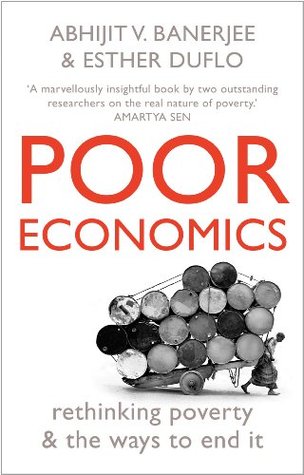Households that had their first child after 1972 have one less child on average than those who had that child before 1972, and their savings rates are approximately 10 percentage points higher. These results imply that up to one-third of the phenomenal increase in savings rates in China in the past three decades (the household savings ratio increased from 5 percent in 1978 to 34 percent in 1994) can potentially be explained by the reduction in fertility induced by family-planning policies; the effect was particularly strong for households that had a daughter rather than a son at first birth,
...more
Welcome back. Just a moment while we sign you in to your Goodreads account.


